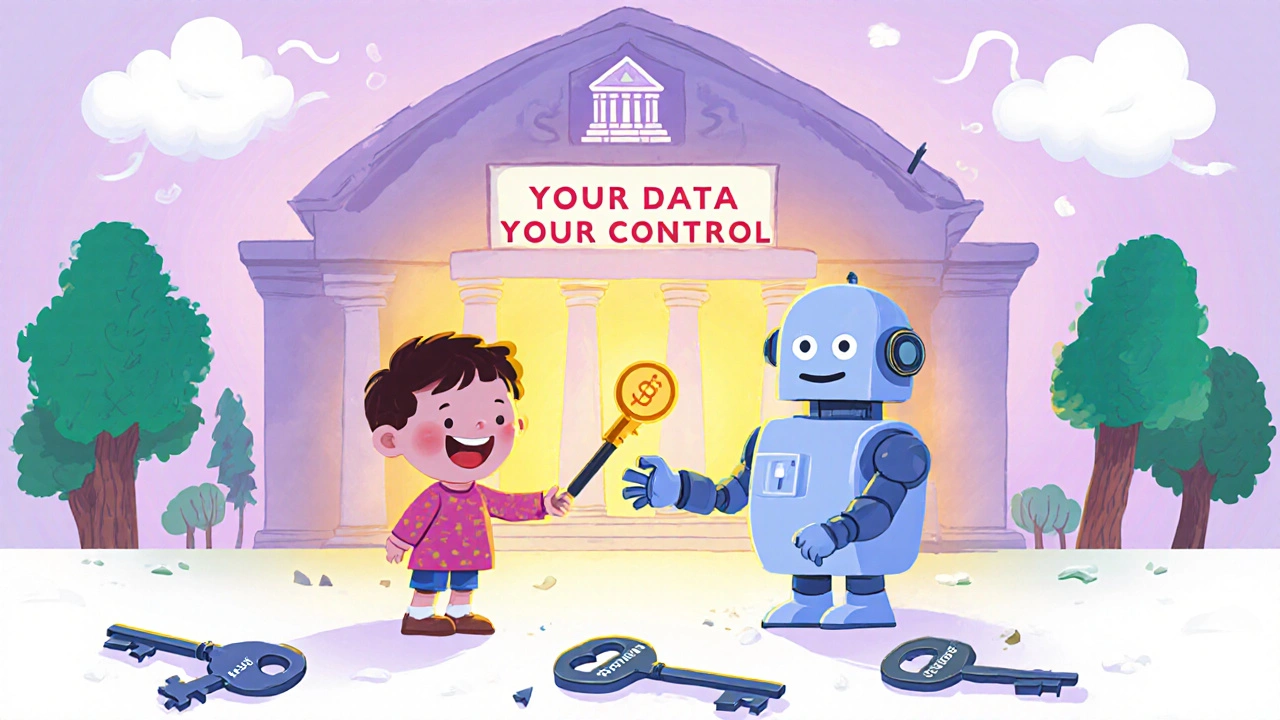Open Banking: How Shared Data Is Changing Your Money
When you hear open banking, a system that lets you securely share your financial data with third-party apps through standardized APIs. Also known as financial data sharing, it’s not science fiction—it’s already reshaping how you pay, save, and borrow. Before open banking, your bank held all your transaction history like a locked safe. You couldn’t move it without logging in manually or exporting files. Now, with your permission, apps like Mint, YNAB, or even your mortgage lender can pull your spending data directly from your bank account—no screenshots, no delays, no guesswork.
This shift didn’t happen by accident. It started with PSD2, a European regulation that forced banks to open their systems to licensed third parties. The goal? More competition, better tools, and real control for you. In the U.S., similar rules are emerging through the Consumer Financial Protection Bureau’s 1033 rule. The result? You can now connect your checking, savings, and credit card accounts to one dashboard and see your net worth in real time. Or let a lender check your cash flow to approve a loan in minutes instead of weeks.
It’s not just about convenience. fintech APIs, the secure digital bridges that connect banks to apps are letting startups build tools that traditional banks ignore. Imagine an app that notices your coffee spending spikes every month and automatically moves $20 into a separate account to cover it. Or one that tracks your income and bills across five different banks and tells you exactly when you’ll have enough to pay your rent—without you lifting a finger. These aren’t gimmicks. They’re built on open banking infrastructure that’s live right now.
But it’s not all smooth sailing. Not every app is trustworthy. Not every bank implements it the same way. And some still make it harder than it should be to disconnect your data. That’s why understanding how open banking works—what you’re sharing, who has access, and how to revoke it—is just as important as using it.
In this collection, you’ll find real-world examples of how open banking is being used—not just by tech startups, but by everyday people managing debt, saving for goals, or running small businesses. You’ll see how companies cut loan approval times by 80%, how budgeting apps reduce overspending by linking directly to bank feeds, and why some financial tools succeed while others vanish. There’s no fluff here. Just what’s working, what’s not, and what you need to know to use open banking safely and smartly.



